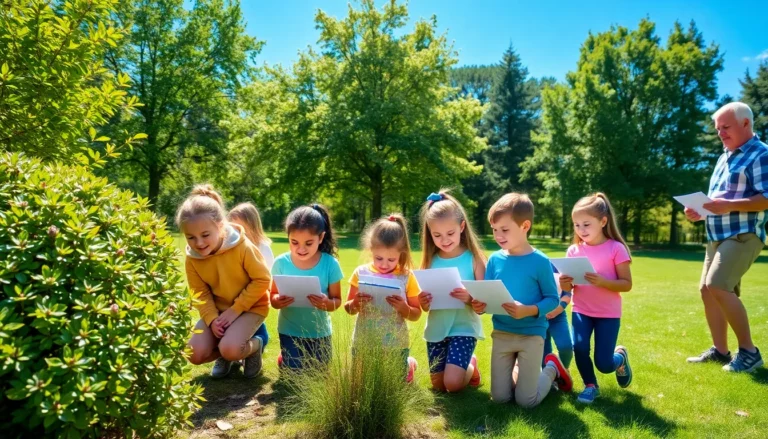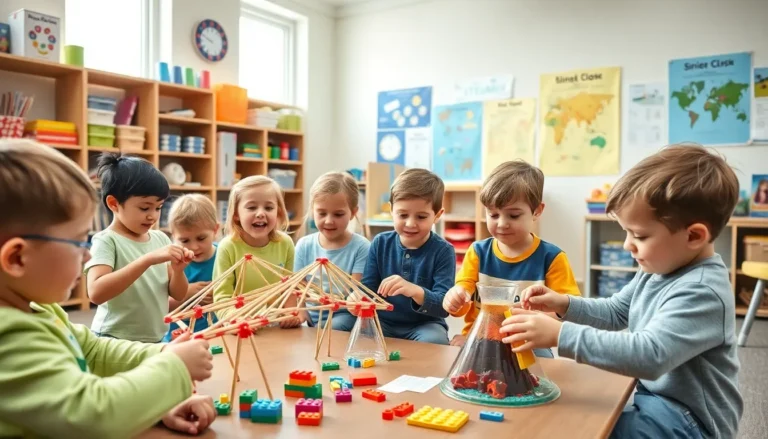Table of Contents
ToggleAdoption and fostering, it’s like finding the perfect plant for your home. You want it to thrive, but you need to know a thing or two about care, right? Well, welcome to the world of loving kids who need a place to call home. This guide will burst those myths surrounding adoption and fostering, while diving into the crucial details that hopeful parents need to know. Buckle up: this isn’t just an emotional rollercoaster but a heartfelt journey toward building families with love and laughter.
Understanding Adoption

Types Of Adoption
Adoption comes in various flavors that cater to different situations. Domestic adoption occurs within the same country, where children from various backgrounds can find new families. International adoption expands the horizon, allowing families to welcome children from other countries. Then we have foster-to-adopt, bridging the fostering and adoption paths and offering a more flexible option for parents willing to navigate the system. Each type has unique benefits and considerations that make it essential to choose the one that resonates with an aspiring parent’s heart.
The Adoption Process
Now that types are clear, let’s jump into the nitty-gritty of the adoption process. First things first, prospective parents should undergo a home study, assessing their capacity to provide a helpful and loving environment. This process often involves interviews, background checks, and home inspections. After approval, families will be matched with children, followed by introductions that might feel like the first day of school, but with more hugs. Finalizing the adoption requires legal paperwork that puts the cherry on top of this family-building journey.
Emotional Aspects Of Adoption
Adoption isn’t just paperwork: it involves heart. Emotions can range from joy to anxiety for everyone involved. Birth parents often grapple with complex feelings about their choice, while adoptive parents may face the anxiety of what this new journey might bring. Kids, too, might have emotional legs to stand on, processing their backgrounds and transitions. To navigate these aspects, support groups or counseling can be invaluable, ensuring everyone feels heard and supported throughout the journey.
Fostering Explained
Types Of Foster Care
Fostering can be a bit like a choose-your-own-adventure novel, with several paths to take. There’s emergency foster care, which comes into play when a child requires immediate placement due to crises at home. Then we have short-term care that can last from days to months, generally until a reunification plan is established. Long-term foster care, on the other hand, could lead to adoption if the circumstances align. Each type has a specific purpose, offering unique pathways to provide support and love for children in need.
The Fostering Process
The fostering journey begins similarly to adoption with a home study and training sessions. Agencies aim to ensure that potential foster parents are not just ready but also resilient and adaptable. Once approved, a foster family awaits an assignment. This can happen quickly or take time, depending on the agency and current needs. When a child enters a foster home, it’s essential for parents to create a welcoming atmosphere, which can ease the transition and foster trust. As with adoption, the challenge lies in the emotional aspects, especially as children may come with stories that necessitate extra care.
Challenges And Rewards Of Fostering
Fostering is a beautiful act, yet it isn’t without its challenges. Kids from difficult backgrounds often experience emotional or behavioral issues, testing the limits of patience and understanding. But, the rewards can be immeasurable. Watching a child grow, learn, and experience stability can be a miracle in its own right. The sheer joy of being an integral part of a child’s life and their development makes every struggle worth it.
Comparing Adoption And Fostering
Legal Considerations
Navigating the legal landscape of adoption and fostering brings its own set of intricacies. With adoption, once finalized, legal ties are just as strong as biological connections, forever establishing new family lines. Fostering, on the other hand, often involves ongoing legal obligations, as biological parents may retain certain rights, depending on the situation. Knowing these differences is crucial for hopeful parents as they choose their paths. Both avenues require advocacy and understanding, but the legal frameworks can significantly differ.
Long-Term Outcomes For Children
Considering the long-term outcomes for children in both adoption and fostering can offer a clearer picture. Adoption typically provides permanence and a sense of belonging, leading to improved psychological outcomes compared to unstable environments. Children in foster care may face uncertainty, especially if they transition through multiple placements. Nonetheless, successful foster placements can lead to adoption, giving kids the stability they need. The ultimate goal? To provide nurturing environments where children can thrive, whether through adoption or fostering.






